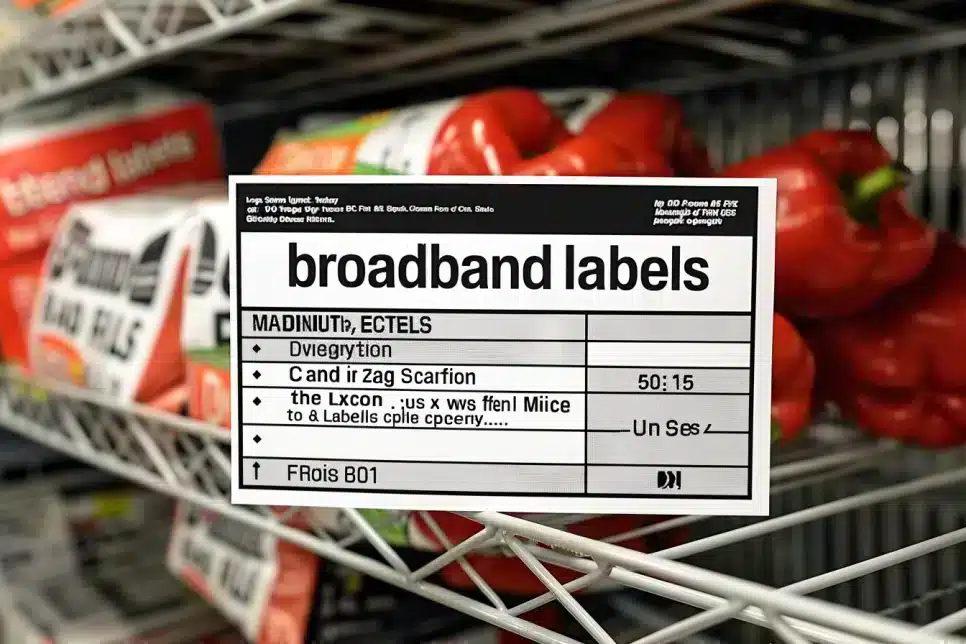In a move towards more excellent consumer protection, the Federal Communications Commission (FCC) has announced that starting April 10, internet providers must disclose detailed pricing and service information akin to nutritional labels on food products. This initiative, known as “broadband labels,” aims to simplify the complex web of fees, rates, and services that often confuse consumers shopping for internet packages.
Jon Donenberg, Deputy Director of the White House National Economic Council, emphasized the necessity of these labels, stating, “If you’ve ever shopped for home or mobile internet, you can understand how hard it can be to understand what you’re paying for. The broadband nutrition label is a tool that can help consumers ensure they have a clear, straightforward explanation of home and mobile services before signing up for anything.” These labels will provide concise information at any point of sale, including online platforms and in physical stores, detailing costs, data allowances, service speeds, and more.
The labels are part of a broader effort by the Biden administration to combat hidden fees and sudden rate hikes, which have been a long-standing issue for consumers in the internet domain and across various sectors, including banking and travel. Transparency in pricing and services is expected to empower consumers to make more informed decisions, potentially leading to cost savings. The FCC has clarified that these labels must be prominently displayed to avoid being overlooked by consumers.
As we look towards a more transparent marketplace, the FCC’s new regulations are a significant step forward in consumer rights. Internet users can now look forward to a clearer understanding of what they’re paying for, leading to better service and fewer unexpected costs. The rollout of these broadband labels will serve as a model for transparency that other industries may follow.
1. The FCC’s new rules aim to improve transparency in internet service pricing.
2. Broadband labels will provide detailed information similar to nutritional labels on food.
3. These labels will help consumers avoid unexpected costs and better understand service offerings.
4. Full compliance with these new regulations will be mandatory for all providers by October 10, 2024.
These initiatives are a commendable step towards enhancing consumer knowledge and control, enabling more straightforward and informed decisions in the increasingly essential realm of digital connectivity.




